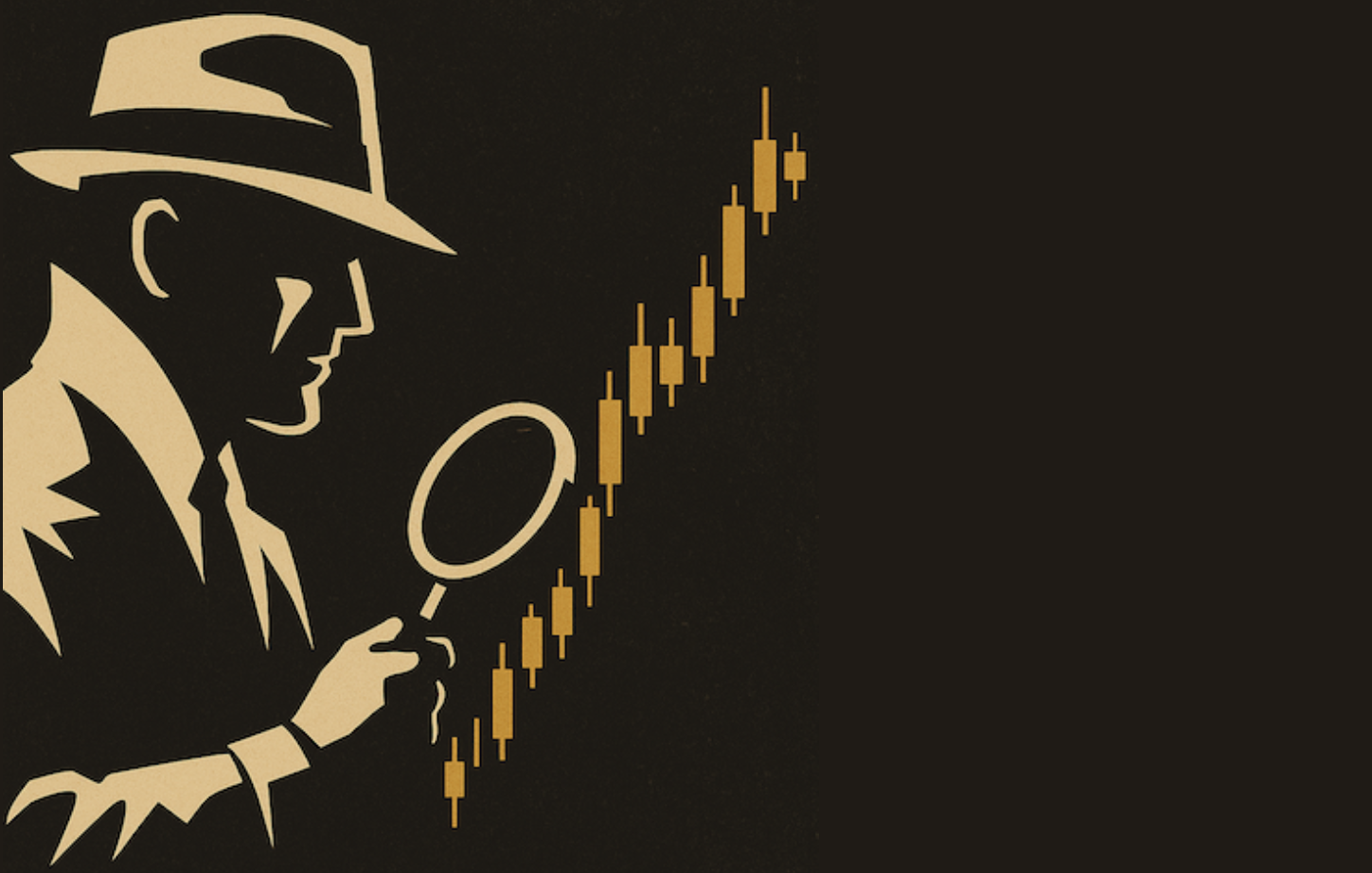WHY TECHNOLOGY LEADERSHIP IS IMPORTANT -- MORE ON SECTOR ROTATONS AT DIFFERENT STAGES OF THE BUSINESS CYCLE
WHY TECHNOLOGY LEADERSHIP IS IMPORTANT... I wrote yesterday about the technology-dominated Nasdaq market starting to show better relative strength than the S&P 500. I've also written many times that upside technology leadership is a vital ingredient in any serious stock market rally. I'll try to show visually why that's the case. Chart 1 plots a relative strength ratio of the Nasdaq 100 (NDX) divided by the S&P 500 (SPX) over the last two years. Notice the turning points in the ratio. Loss of Nasdaq leadership led to ratio peaks at the start of 2004 and 2005 (red arrows). Both were followed by market downturns. The ratio bottomed in August of last year (first green arrow) and rallied through December as the Nasdaq led the market's fourth quarter rally. After declining through the first five months of this year, the rising ratio shows the Nasdaq starting to do a little better than the S&P (second green arrow). The latest bounce has taken place from the same level as the August bottom. That may be important because the ratio appears to be in a trading range. The December peak occurred at the same level as the early 2004 peak. The fact that the Nasdaq is doing better than the S&P doesn't guarantee a market bottom (nor is there any guarantee that the Nasdaq outperformance will continue). But Nasdaq outperformance is a necessary ingredient in any serious market upturn.

Chart 1
LONGER-RANGE VIEW OF RATIO ... Chart 2 compares the NDX/SPX ratio (purple line) to the S&P 500 (red line) over the last six years. Notice their close correlation. There have been two major turning points in the NDX/SPX ratio since 2000. The ratio peaked at the start of 2000 (meaning that the Nasdaq turned down first) and was followed later that year by a major downturn in the S&P. The ratio bottomed in October 2002 as the Nasdaq turned up first. The S&P started its cyclical bull run the following spring. The ratio "double topped" at the end of 2004 and correctly signaled 2005 weakness. The fact that the ratio is trying to hold at its 2004 low is a major test for the Nasdaq and the S&P 500. That's why Nasdaq leadership is so important to the overall market, and why a market bottom is unlikely without a bottom in the Nasdaq.

Chart 2
LATE CONTRACTION VS EARLY EXPANSION ... I'd like to expand further on some of the sector rotations ideas I wrote about yesterday and explain which sector rotations take place at different stages of the business cycle. In the Late Expansion phase of an economic rebound, market leadership is seen in Basic Materials and Energy. That was what we saw through most of last year. A sign that the economy is moving into the Early Contraction phase occurs when Energy and Consumer Staples are the two top sectors. That was the case in January of this year. In the Early Contraction phase, Consumer Staples and Utilities (and sometimes Healthcare) are the top market sectors. They've been the top three sectors in 2005. In the Late Contraction phase, money flows to Financials and Consumer Cyclicals (like retailers). That's often caused by a peak in energy prices. That's why I suggested yesterday that signs of buying in financials and retailers made sense with money moving out of basic materials and energy stocks. When the economy moves from Late Contraction to Early Expansion, Technology takes over. That's another reason why an upturn in the Technology sector (which is heavily represented in the Nasdaq market) is so important to the economy and the market. [The chart on which the above analysis is based can be found on page 110 of my book on Intermarket Analysis].










